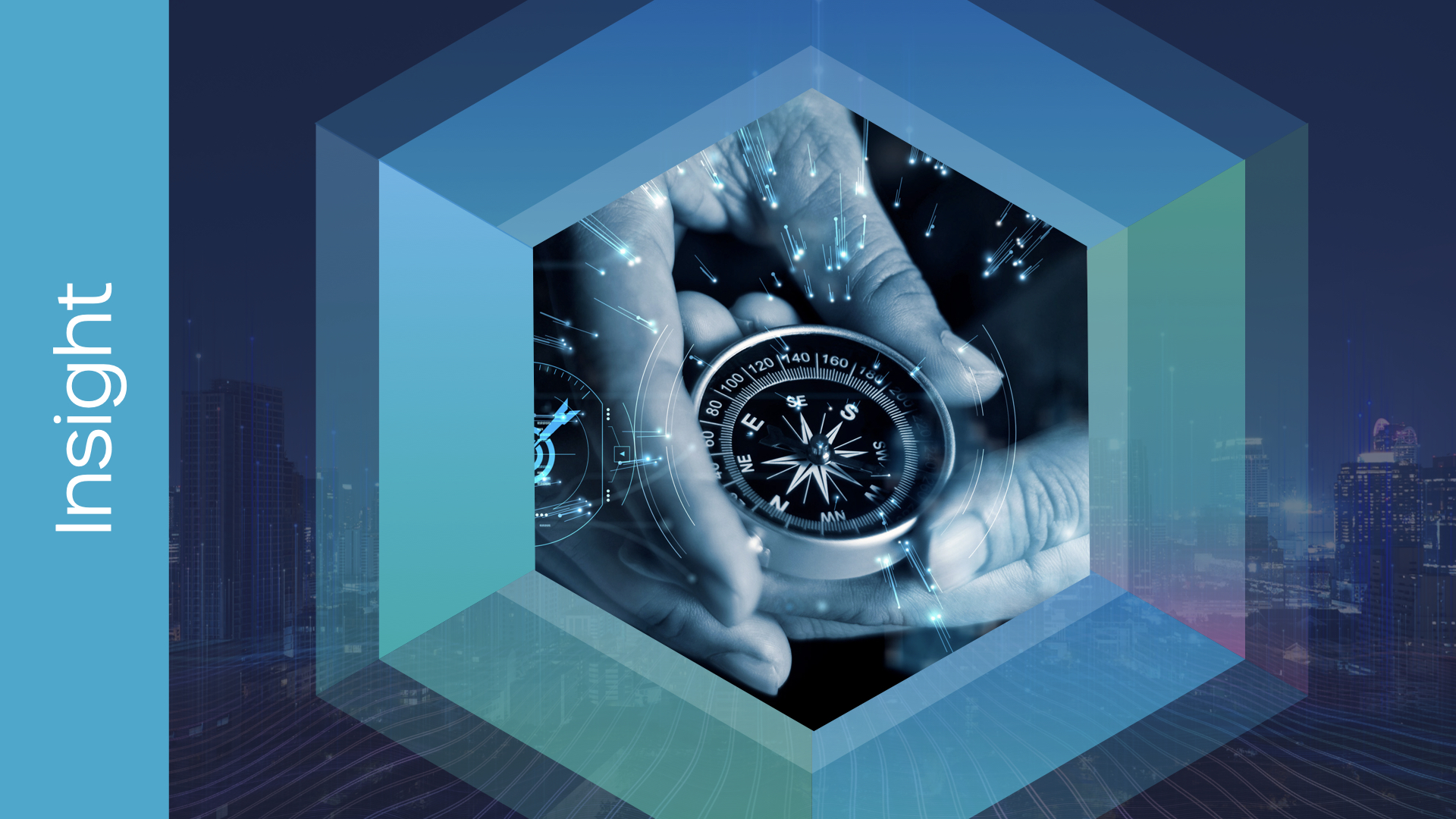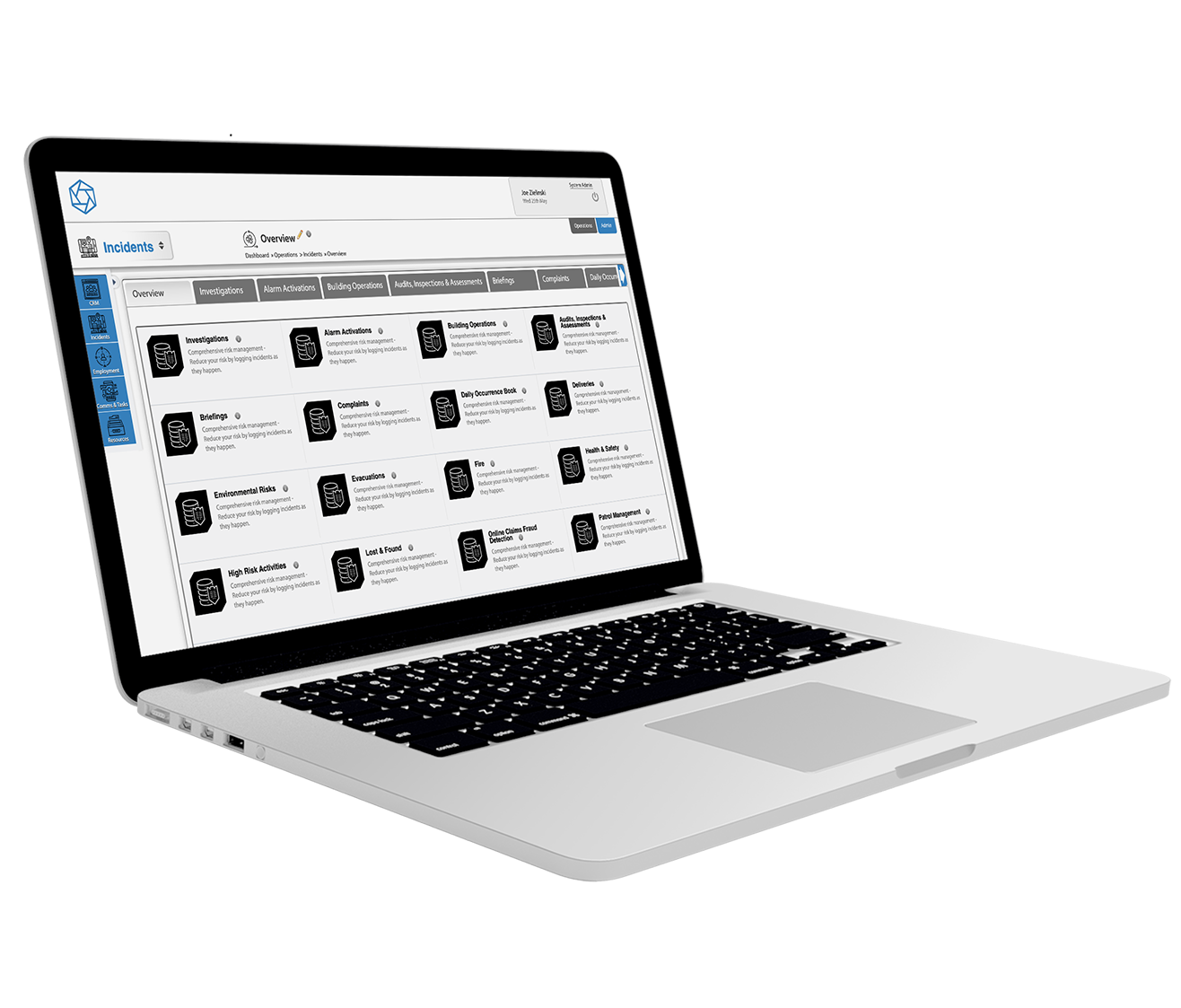Continuously customising the platform ensures that it remains a robust, effective tool tailored to the organisation's current needs, capable of managing any crisis effectively. This ongoing process ensures readiness and resilience, helping to safeguard the organisation and its stakeholders.
It is crucial for several reasons, reflecting the dynamic nature of both the organisation it serves and the external environment in which it operates. Here are some key reasons why ongoing customisation is necessary:
Evolving Threat Landscape
The nature of risks and threats to organisations changes over time due to new technologies, geopolitical shifts, environmental changes, and societal trends. Continuous customisation allows the platform to adapt to these evolving threats, ensuring that the organisation remains prepared for new types of emergencies.
Organisational Changes
As organisations grow, scale down, or change their operational structures, their needs for crisis management evolve. Continual customisation ensures that the platform remains aligned with the current organisational structure, communication channels, and operational priorities.
Technological Advancements
Technology is always advancing, and with these advancements come new capabilities for enhancing platform efficiency and effectiveness. Regularly updating the CEM platform ensures it leverages the latest technology for improved data processing, communication, and automation.
Regulatory and Compliance Updates
Regulations related to safety, data security, and emergency management can change. Continuous customisation helps ensure compliance with current laws and standards, thereby protecting the organisation from legal and reputational risks.
Feedback
Over time, users of the platform identify strengths and areas for improvement. Continuously customising the platform allows the organisation to integrate user feedback, improving usability and functionality, which in turn enhances user adoption and effectiveness in actual crises.
Lessons Learned
After each incident or critical event, organisations have the opportunity to learn from what went well and what could be improved. Continuous customisation enables the integration of these lessons learned into the platform, thus refining response strategies and tools to better handle future crises.
Resource & Asset Changes
As resources and assets within an organisation change (such as new facilities, equipment, or critical personnel), the platform must be updated to accurately reflect available resources and responsible parties during an emergency.
Interoperability Needs
Organisations often change or upgrade other systems and software that need to work seamlessly with the platform, such as communication systems, HR databases, and operational software. Continuous customisation ensures these integrations are functional and efficient.
Phased Implementation
Implementing changes gradually allows for the integration of feedback from users at each stage, leading to continuous improvement and better alignment with organisational needs.
Budget Management
Spreading out the customisation process can be more financially manageable, allowing organisations to allocate costs over multiple budget cycles and reduce the initial financial burden.
Training and Adaptation
Gradual implementation gives staff time to adapt to new features and processes, reducing resistance and enhancing training effectiveness. It allows for step-by-step training sessions tailored to each new component or update.
Specific Risk Profiles
Every organisation faces a unique set of threats based on its location, industry, size, and other factors. Customising the platform allows for tailored responses to specific risks, enhancing preparedness and response efficiency.
Iconic & tall buildings
Real estate portfolios
Venues & events
Studios & entertainment
Retail stores & supply chain
Critical national infrastructure
Security & FM service providers
Emergency responders







 +44 (0)1604 598989
+44 (0)1604 598989